Results
-
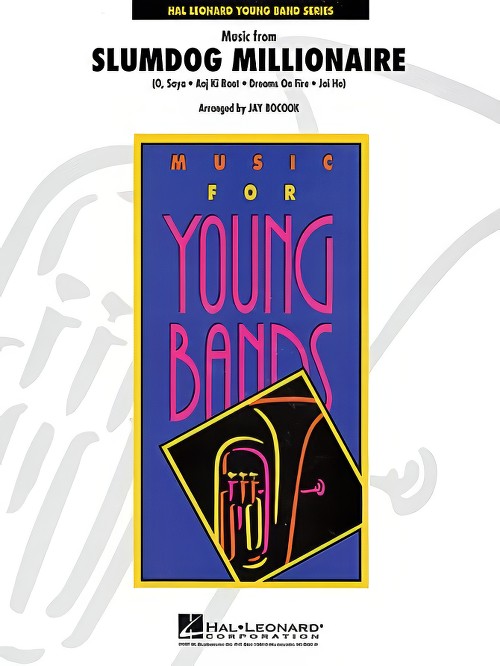 £64.99
£64.99Slumdog Millionaire, Music from (Concert Band - Score and Parts - Rahman, Ali - Brown, Michael
Winner of the 2009 Academy Award for Best Picture, Best Original Score, and numerous other awards, this movie took the country by storm. The driving soundtrack of A.R. Rahman played a major part in bringing this powerful and uplifting story to the silver screen. A terrific setting for band that includes the hit song Jai Ho!Duration: 4:45
Estimated dispatch 7-14 working days
-
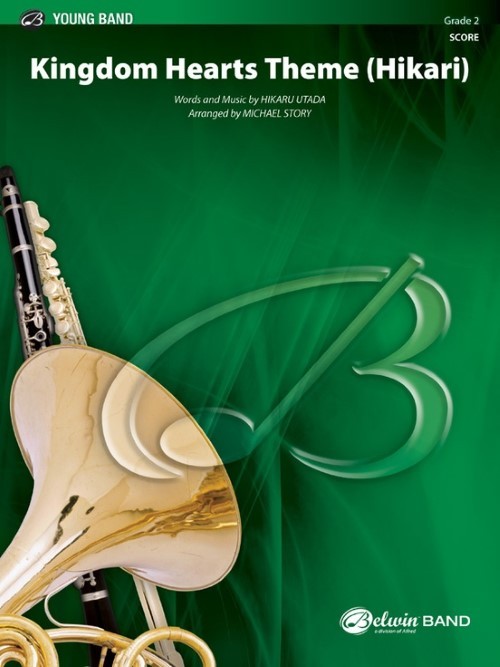 £64.50
£64.50Kingdom Hearts Theme (Hikari) (Concert Band - Score and Parts) - Utada, Hikaru - Story, Michael
The video game craze is huge. This pop-culture tune is really classical music being used in the games. Opening with a sweeping, lovely melody, the arrangement builds to a dramatic middle section and closes in a majestic and grand nature. Wonderful music and familiar to all your gamers, young and old. Duration: 2.45
Estimated dispatch 7-14 working days
-
 £82.95
£82.95Harry Potter and the Half-Blood Prince, Suite from (Concert Band - Score and Parts) - Hooper, Nicholas - Brubaker, Jerry
Starting with the "Opening" music and transitioning to "The Story Begins," the medley develops incorporating "In Noctem," the jazzy "Wizard Wheezes," "Ron's Victory," "The Slug Party," "Journey to the Cave," "Dumbledore's Farewell," "The Friends," and closing with "The Weasley Stomp." True to the original film-score, this jam-packed medley will bring the excitement and energy to your students and audiences alike. Stunning!Duration: 6.45
Estimated dispatch 7-14 working days
-
 £64.99
£64.99Taylor Swift in Concert (Concert Band - Score and Parts) - Brown, Michael
Contemporary singer and songwriter Taylor Swift is rapidly making her mark on both pop and country music charts. Including the hits Picture to Burn, White Horse and Love Story, this medley provides a good sampling of her fresh-sounding music. Duration: 5:15
Estimated dispatch 7-14 working days
-
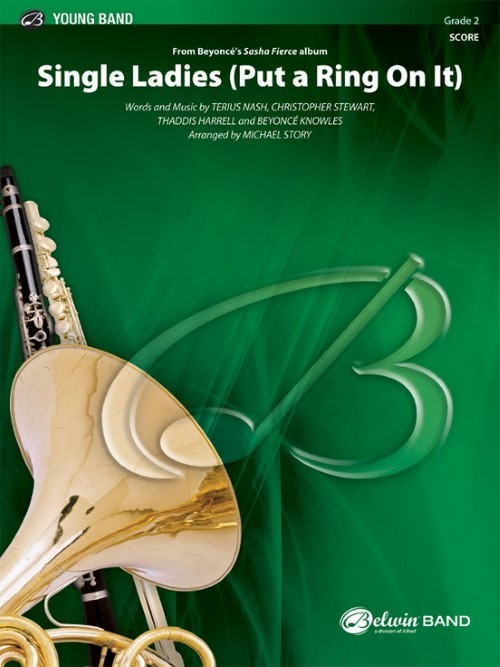 £58.50
£58.50Single Ladies (Put a Ring on It) (Concert Band - Score and Parts) - Story, Michael
This one's off the charts! Beyonc?'s smash hit is all over the airwaves. Scored comfortably in a moderate shuffle with a hint of swing, your students will love the groove. Duration: 2.00
Estimated dispatch 7-14 working days
-
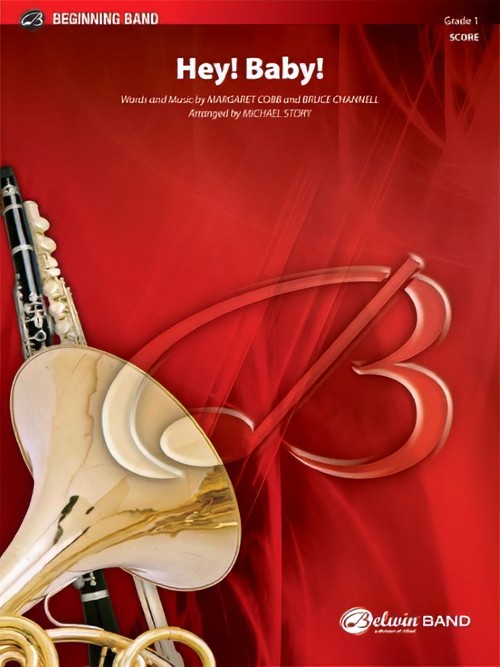 £54.95
£54.95Hey! Baby! (Concert Band - Score and Parts) - Channell & Cobb - Story, Michael
Number one in the early 60s, "Hey! Baby!" has been performed by numerous artists but it's probably best known in recent years in the blockbuster film Dirty Dancing. Accessible for your beginners, this classic rock tune is a solid choice! Duration: 2:00
Estimated dispatch 7-14 working days
-
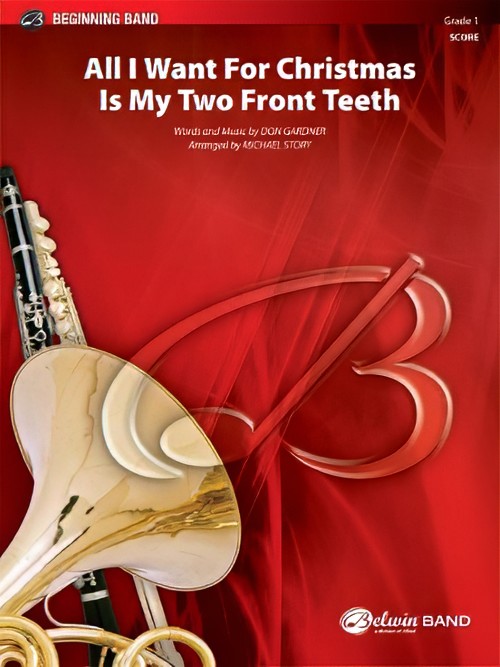 £54.95
£54.95All I Want for Christmas Is My Two Front Teeth (Concert Band - Score and Parts) - Gardner, Don - Story, Michael
They lose those baby teeth everywhere, particularly in this Latin-style treatment of the holiday classic. The percussion section adds most of the Latin flavour to this tongue-in-cheek setting. Enjoy the Christmas season with a smile on your face, with or without those front teeth!Duration: 2.00
Estimated dispatch 7-14 working days
-
 £60.50
£60.50The Pioneer Spirit (Concert Band - Score and Parts) - Story, Michael
With the musical-flavor reminiscent of exploring the Wild West, "The Pioneer Spirit" is so solidly constructed you'll think you've heard the tune before. As the title implies, the work builds toward the future with a memorable tune that is certain to please! This composition is a cherished addition to the young band literature that will be well received at contests and concerts. Duration: 3.30
Estimated dispatch 7-14 working days
-
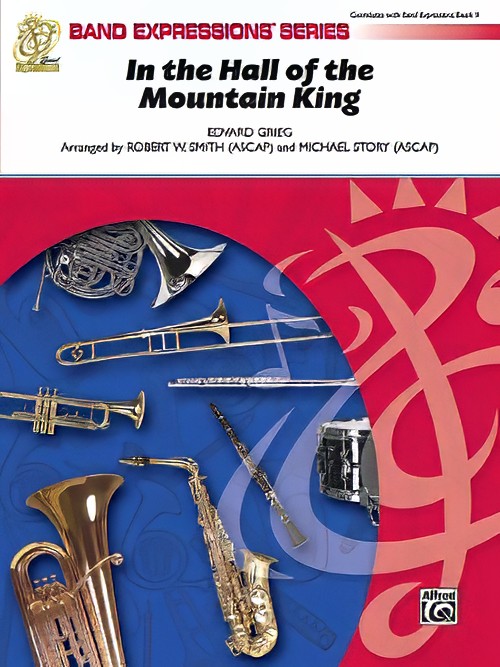 £58.50
£58.50In the Hall of the Mountain King (Concert Band - Score and Parts) - Grieg, Edvard - Smith & Story
Setting off in a mysterious tone, this familiar Grieg theme builds with texture and intensity to the joyous familiar melody to a dramatic conclusion. Scored to work with any second year method, this classic work is a grandiose addition to the young band repertoire suitable for contest and concert. Bravo! Duration: 2.30
Estimated dispatch 7-14 working days
-
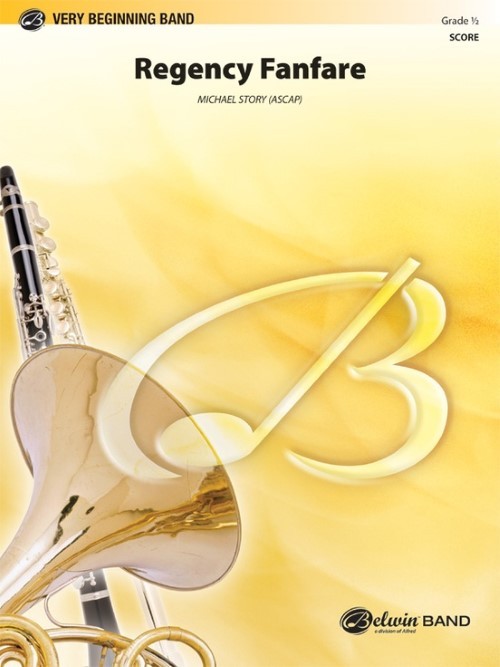 £50.50
£50.50Regency Fanfare (Concert Band - Score and Parts) - Story, Michael
A bold musical statement for your first year students, Regency Fanfare is scored solidly for the youngest ensemble. Each section works through the melodic material to make certain they are prepared to present the final dramatic statement. Duration: 1:50
Estimated dispatch 7-14 working days
